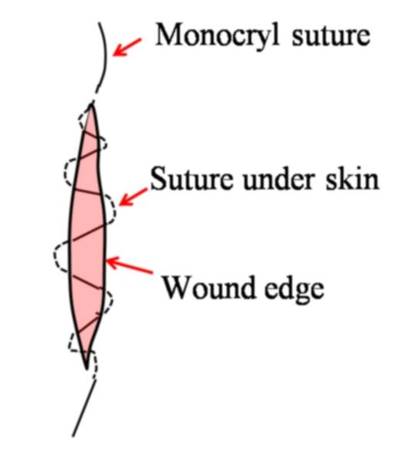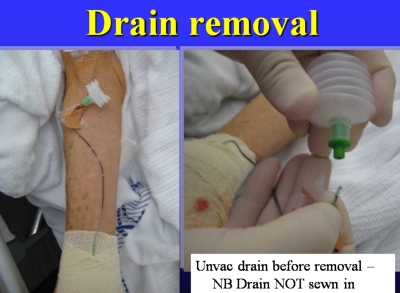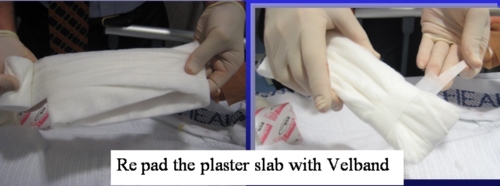Care of Diabetic Patients
- Details
- Published: Wednesday, 08 April 2015 07:40
- Written by Dr Stuart Myers
- Hits: 9580
Care of Diabetic Patients
GUIDELINES FOR THE CARE OF PATIENTS WITH DIABETES MELLITUS
The following guidelines are for the care of Perioperative patients with Diabetes Mellitus presenting for surgery.
(A) Diet controlled Diabetes Mellitus
a. Monitor (and manage if required) q2h Dextrostix
i. If Dextrostix < 4 or > 14 mmol/L call RMO
ii. If < 4 mmol/L, treat with dextrose IV or food as appropriate
iii. If > 14 mmol/L, review BSL in one hour and if still > 14 mmol/L start subcutaneous (s/c) Insulin Sliding Scale. (also start IV infusion of N/Saline if and only if patient is still fasting)
iv. S/c Sliding Scale Insulin regime (for temporary use only, call Anaesthetist
Blood Glucose (mmol/L) Actrapid (Units)
< 4 No insulin
4.1 – 8 2
8.1 – 12 4
12.1 – 16 6
16.1 – 20 8
>20 10
(B) Patients on Oral Hypoglycaemic Medications
a. Omit all oral hypoglycaemic medications (including metformin) on the day of surgery
b. Monitor (and manage if required) q2h Dextrostix
i. If Dextrostix < 4 or > 14 mmol/L call RMO
ii. If < 4 mmol/L, treat with dextrose IV or food as appropriate
iii. If > 14 mmol/L, review BSL in one hour and if still > 14 mmol/L start subcutaneous (s/c) Insulin Sliding Scale. (also start IV infusion of N/Saline if and only if patient is still fasting)
iv. S/c Sliding Scale Insulin regime (for temporary use only, call Endocrine Registrar and/ or Diabetes CNC)
Blood Glucose (mmol/L) Actrapid (Units)
< 4 No insulin
4.1 – 8 2
8.1 – 12 4
12.1 – 16 6
16.1 – 20 8
>20 10
(C) Patients on Insulin
a. Place patient first or early on the Operating Theatre list
b. All patients on Insulin having surgery > 1 hour duration (moderate to major surgery) and Type 1 Diabetes Mellitus (usually requiring 4 injections per day - one basal long acting insulin and three injections of short acting insulin before meals)
c. Start 1 litre 5% Dextrose at 84 – 125 ml/hour (as clinically indicated) then one half normal morning Insulin
d. Monitor (and manage if required) q2h Dextrostix
i. If Dextrostix < 4 or > 14 mmol/L call RMO
ii. If < 4 mmol/L, treat with dextrose IV or food as appropriate
iii. If > 14 mmol/L, review BSL in one hour and if still > 14 mmol/L start subcutaneous (s/c) Insulin Sliding Scale. (also start IV infusion of N/Saline if and only if patient is still fasting)
iv. S/c Sliding Scale Insulin regime (for temporary use only, call Endocrine Registrar and/ or Diabetes CNC)
Blood Glucose (mmol/L) Actrapid (Units)
< 4 No insulin
4.1 – 8 2
8.1 – 12 4
12.1 – 16 6
16.1 – 20 8
>20 10
ALL PATIENTS WITH DIABETES MELLITUS ARE TO RESUME NORMAL DIET AND USUAL DIABETES MELLITUS TREATMENT AS SOON AS POSSIBLE
POST-SURGERY OR PROCEDURE.























